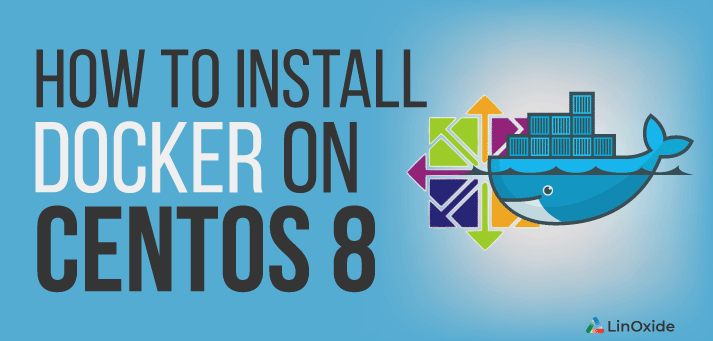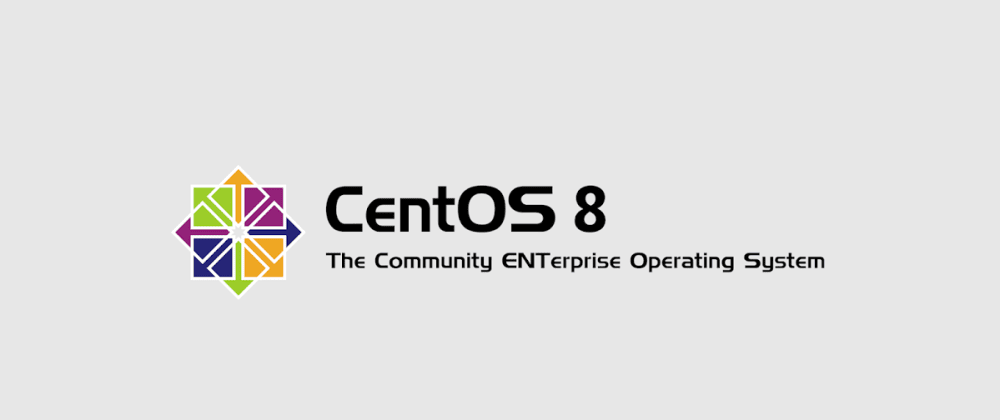

This solution allows me to work with the whole stack when I want to do things like stop services, or pull in updates for the container images I chose to use. Instead, I grouped them in a Docker Compose file. Those are two containers, and managing them separately seems silly. For instance, this site requires a web server running PHP and a database to store its data. I used Docker Compose for one simple reason: I can define my applications in a portable and easy-to-write YAML file, which gives me the ability to group each site with its dependencies. docker-compose alternatives still emerging So, I set out to move from the Docker Compose world to Podman. I would really love to do something more sophisticated, but to be honest, a single host running containers is all I need.

For some time now, I've been planning on moving the Digital Ocean Droplet that hosts my sites from the CentOS 7 Docker platform to the CentOS 8 Podman platform.

In fact, it's been quite a while, and a lot has happened since then. It feels like forever since I wrote my Red Hat Enterprise Linux 8 Beta intro to Podman. A practical introduction to container terminology.


 0 kommentar(er)
0 kommentar(er)
